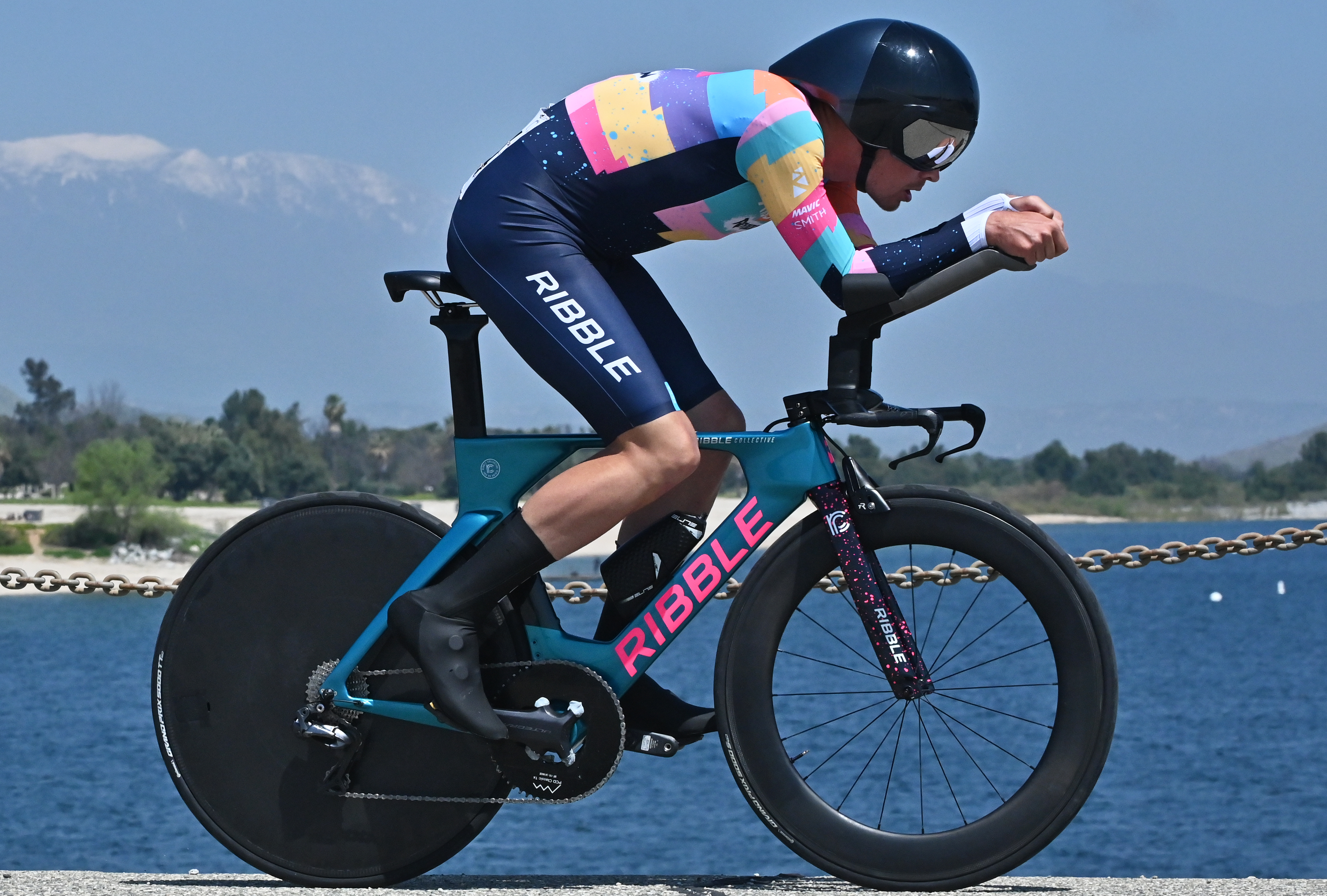Giro d'Italia Stage 7 ITT: Tech and Race Analysis
Posted by Joe Laverick on 11th May 2024
“When it comes to technology, it is often the things that you are not allowed to talk about that are the most interesting.”
After a week of the Giro d’Italia, the maglia rosa is Tadej Pogacar to lose. He’s dancing up mountains, attacking on sprint finishes and dominating time-trials. There aren’t enough superlatives to describe his performances.
Closer to home, the man wearing the green and gold is having a stunning few days. When the news came that Plappy was joining Jayco-AlUla, the vision of him riding the most optimised equipment at the world’s biggest races excited us. The past few days have seen us living out those visions.
There has been a lot of R&D around Luke’s equipment and position. Track testing here in AUS, windtunnel testing in Milan, and countless hours of equipment (i.e. TT aerobar) development. We’re proud of the package that we’ve been a part of assembling.
–

The Race
At the top of the General Classification, time-trial day is one of the most important on the calendar. This year’s Giro has two ITTs, Stage 7 and Stage 14. Stage 7 specifically is bucking the recent Grand Tour trend of shorter TTs and sits at 40.6km in length.
While ITT day will always have a red circle around it on the calendar, there are countless other days in the bike race. We all know that a rider like Plappy will put out a good TT, so to see him in the previous break may have confused a few people at home.
“Won’t he be tired?”, “Will it impact his TT?”, a few people have asked. While it’s never possible to know what might have happened, a third place on the epic Gravel stage, against one of the cycling greats and another up-and-coming young gun, was nothing short of amazing.
There was a moment on those dirt roads to Rapolano Terme when it looked like Plapp could be riding into pink. The virtual jersey on the road, until the final 20km of racing it seemed on. That was, until Ineos Grenadiers started pacing on the gravel sectors and climbs, and the breakaway started playing cat-and-mouse.
The ITT had a simple profile: 34km of flat, 6km uphill.
For a majority of the day, Ganna was in control. He sat some thirty seconds ahead of the next closest time, teammate Magnus Sheffield. That was, until Tadej Pogacar came storming through. Significantly down at the bottom of the climb, Pogacar took a minute out of Ganna up the final 6km - taking the stage and placing his stamp on the race.For Plappy, it was a solid ride in 7th. He came in just ahead of Geraint Thomas, Ben O’Connor, and Dani Martinez. Jayco AlUla teammate, Filippo Zana came in 15th.
The Tech:

There’s one man at Jayco-AlUla who’s riding a slightly different bike to everyone else, and when it comes to technology it is often the things that you are not allowed to talk about that are the most interesting.
Something that we are allowed to talk about, of course, is our Aerobar Three extensions, that Jayco-AlUla have been using to great success for the past two seasons. From build spec, to grip and cup geometry, our AB03 has been designed to cater specifically for elite athlete requirements, across the anthropometric range.
The centre stack spacer design that is now becoming commonplace on top-level TT bikes has opened up a new level of customisation that can be achieved and will be central (no pun intended) to the evolution of time trial positions from here. At Sync, we are firm believers in the central spacer configuration.
Away from Sync-supported teams, there were some other interesting tech bits on display. The final climb was the talking point of the day, the final 6km fluctuates, including a including a ride of nearly 12% for the final 1.3km. It’s on this climb that Pogacar won the race, taking a minute out of second place, Filippo Ganna.
The bikes of the Ineos Grenadier’s riders caught attention, with some of their riders opting for a 66T 1x chainring. This was coupled with a Classified Hub system. In simple terms, a Classified Hub is a gearing system that sits inside the rear hub and in effect, replaces the inner chainring. The system allows a 1:0.7 ratio change, so Ineos starting with a 66T front chainring would have effectively given them a 46T ‘inner’ ring.
Away from bike tech, there were plenty new-for-2024 aero helmets on show. Giro’s crazy shark-esque helmet was on display, as was Limar’s new Darth Vader offering, Giant’s new design and a revision of MET Drone. The Ineos Grenadiers brought a new visor to Italy with an updated, F1 style, winged design. Helmets and drivelines are so 2024.
–
With all this said and done, it was still Tadej Pogacar’s legs that did the talking. Yes, the two-time Tour de France champion has all the technology and a fast set-up, but his time up the final climb to the line is where he won the bike race.
Having good tech is important. Having good tech, an efficient position AND World Class legs is what makes the difference.
Luke Plapp, moved into the White Jersey.
Photo Credit: Zac Williams and Harry Talbot
About the author
Joe Laverick’s cycling introduction was via the British time-trial scene, since starting the sport, he has been all about speed. He’s a freelance writer and privateer racer who mixes road, time trial and gravel racing. To this day, he remains one of the only riders on the planet to have beat Remco Evenepoel in a time trial.


